
The Cheese is Moving: Navigating the Rapid Pace of Change in the BAS Industry
Happy New Year! In the first MondayLive! session of 2025, industry veterans gathered to discuss this very issue, exploring the challenges and opportunities presented by
Home » Automated Buildings » Page 3

Happy New Year! In the first MondayLive! session of 2025, industry veterans gathered to discuss this very issue, exploring the challenges and opportunities presented by

As we reflect back on the twists and turns of 2024 and face 2025 with its new variables and uncertainties, it’s helpful to take a step back and examine the bigger picture, especially our mindset. Life is a dynamic, ever-shifting landscape. We experience periods of stability and success, often followed by unforeseen challenges and setbacks. These fluctuations, the inevitable peaks and valleys of our existence, can be both exhilarating and daunting. But what if we could learn not just to survive these changes but to actually thrive amidst them? We are not merely passive recipients of fate but active participants who can learn from both success and failure to create a more meaningful and fulfilling life.
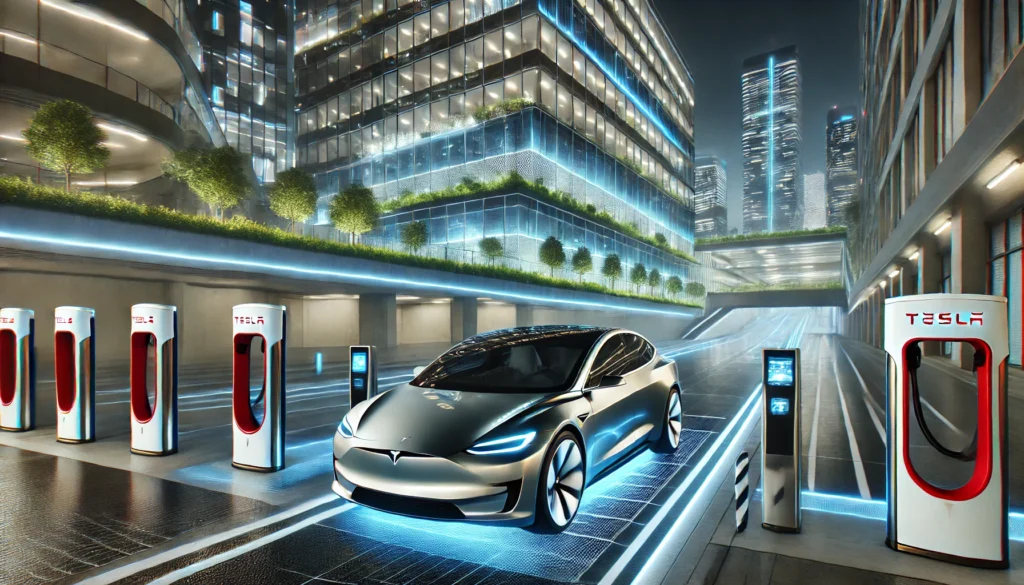
The rise of EVs is deeply influencing the design, cost, and environmental impact of smart buildings. EV integration not only requires new design considerations like charging infrastructure and energy storage systems but also offers significant benefits, such as reduced carbon emissions, enhanced energy efficiency, and cost savings over time. Additionally, as the synergy between EVs and smart buildings deepens, the future holds the promise of more sustainable, energy-efficient, and self-sufficient buildings that contribute positively to the global energy transition.

Remember when Flight Simulator was THE benchmark for PC performance? We need that defining moment for open software in smart buildings! Why? Because open software unlocks HUGE potential for building owners and operators:
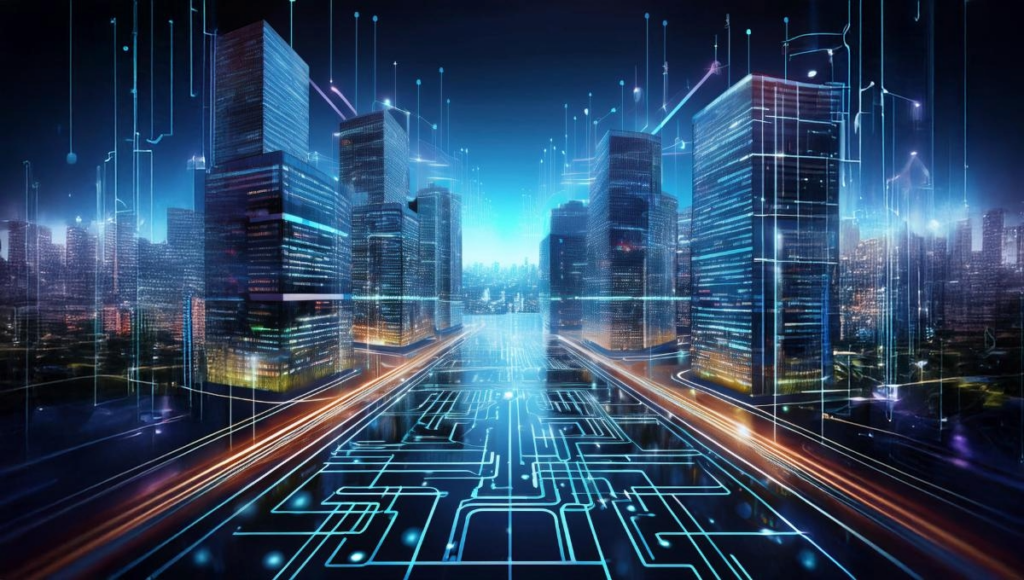
The journey towards “software-eating buildings” is paved with the bricks of openness. By embracing open standards, protocols, data, and development practices, the building automation industry can unlock new levels of innovation and value for building owners.
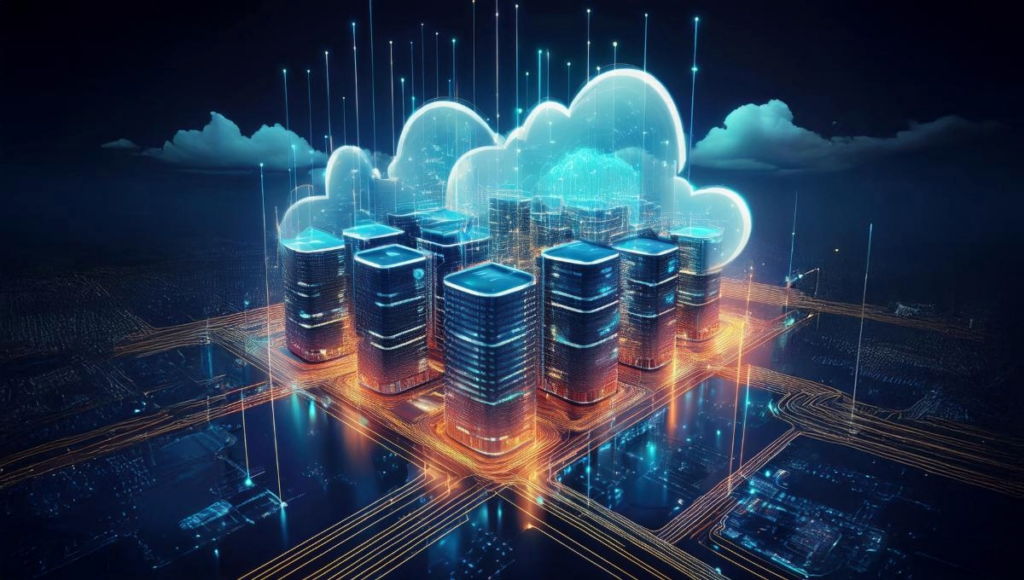
The future of building automation lies in embracing SoS. By fostering interoperability, data sharing, and a software-centric mindset, we can create truly intelligent buildings that meet the evolving needs of owners and occupants. It’s time for the BAS industry to step up and lead the charge.
What are your thoughts on SoS and the future of BAS?
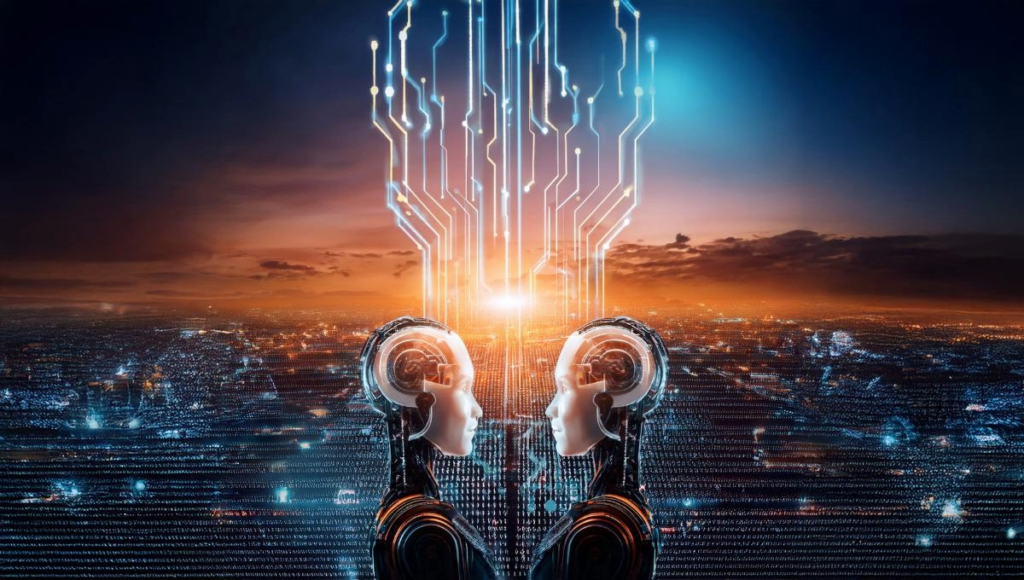
The Digital Twin System Interoperability Framework white paper outlines key concepts and considerations for achieving interoperability in digital twin systems. It emphasizes a system-centric design approach, where everything is viewed as a system, enabling normalized processes and a common metamodel for inherent interoperability.
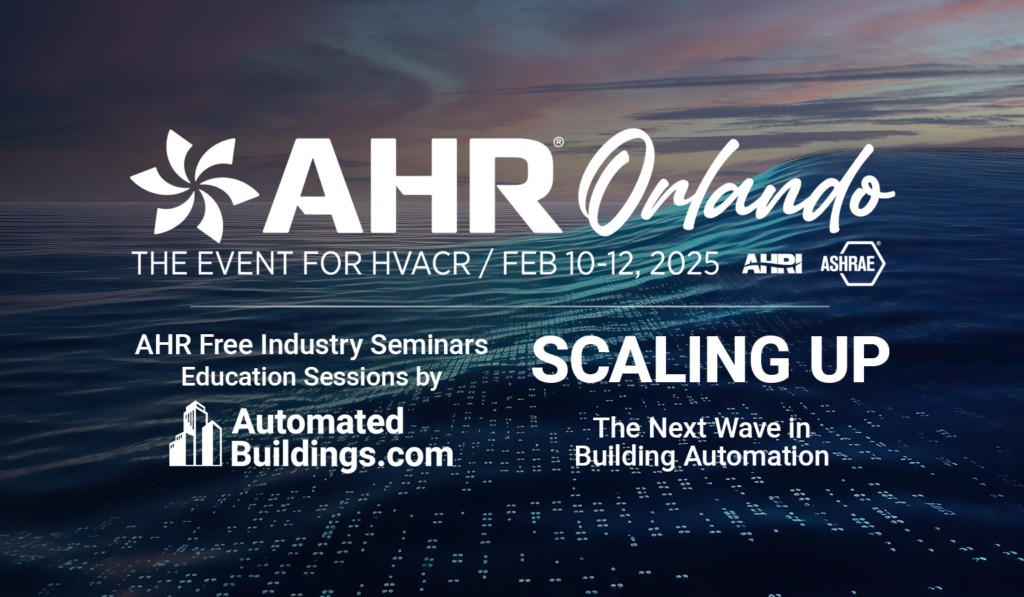
Monday, Feb. 10 – Wednesday, Feb. 12, 2025 | Orange County Convention Center, Orlando, FL | West Building
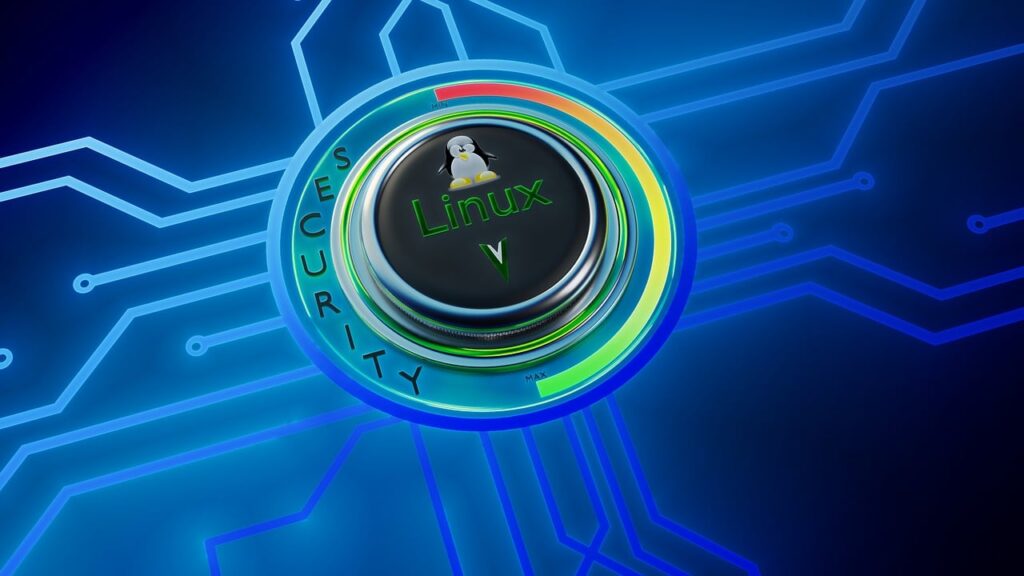
Open source is no longer a niche concept. It’s a powerful driver of innovation across all industries. By embracing open collaboration, companies can overcome challenges, reduce costs, and unlock new opportunities for growth. As the Linux Foundation continues to expand its support for open-source communities, we can expect to see even more transformative changes in the years to come. One of the most exciting aspects of this open-source revolution is the cross-pollination of ideas and best practices across different industries. For example, the energy sector is learning from the successes of the telecom industry in adopting open source for grid modernization and the integration of renewable energy sources.
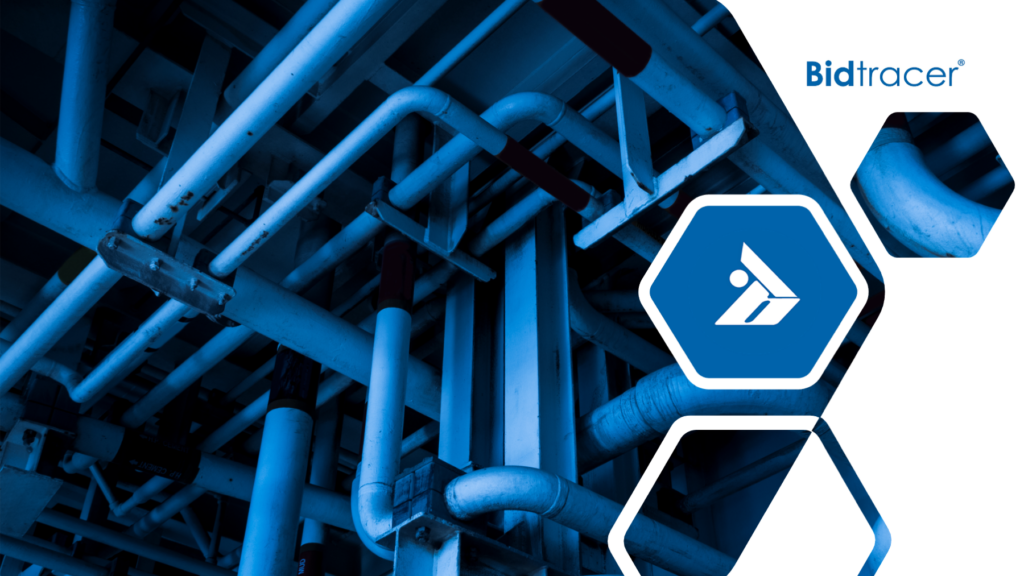
October 2024 is right around the corner. In the blink of an eye it will be 2025. Don’t start another Might Club and put off making the critical move to a better CRM.

Happy New Year! In the first MondayLive! session of 2025, industry veterans gathered to discuss this very issue, exploring the challenges and opportunities presented by

As we reflect back on the twists and turns of 2024 and face 2025 with its new variables and uncertainties, it’s helpful to take a step back and examine the bigger picture, especially our mindset. Life is a dynamic, ever-shifting landscape. We experience periods of stability and success, often followed by unforeseen challenges and setbacks. These fluctuations, the inevitable peaks and valleys of our existence, can be both exhilarating and daunting. But what if we could learn not just to survive these changes but to actually thrive amidst them? We are not merely passive recipients of fate but active participants who can learn from both success and failure to create a more meaningful and fulfilling life.

The rise of EVs is deeply influencing the design, cost, and environmental impact of smart buildings. EV integration not only requires new design considerations like charging infrastructure and energy storage systems but also offers significant benefits, such as reduced carbon emissions, enhanced energy efficiency, and cost savings over time. Additionally, as the synergy between EVs and smart buildings deepens, the future holds the promise of more sustainable, energy-efficient, and self-sufficient buildings that contribute positively to the global energy transition.

Remember when Flight Simulator was THE benchmark for PC performance? We need that defining moment for open software in smart buildings! Why? Because open software unlocks HUGE potential for building owners and operators:

The journey towards “software-eating buildings” is paved with the bricks of openness. By embracing open standards, protocols, data, and development practices, the building automation industry can unlock new levels of innovation and value for building owners.

The future of building automation lies in embracing SoS. By fostering interoperability, data sharing, and a software-centric mindset, we can create truly intelligent buildings that meet the evolving needs of owners and occupants. It’s time for the BAS industry to step up and lead the charge.
What are your thoughts on SoS and the future of BAS?

The Digital Twin System Interoperability Framework white paper outlines key concepts and considerations for achieving interoperability in digital twin systems. It emphasizes a system-centric design approach, where everything is viewed as a system, enabling normalized processes and a common metamodel for inherent interoperability.

Monday, Feb. 10 – Wednesday, Feb. 12, 2025 | Orange County Convention Center, Orlando, FL | West Building

Open source is no longer a niche concept. It’s a powerful driver of innovation across all industries. By embracing open collaboration, companies can overcome challenges, reduce costs, and unlock new opportunities for growth. As the Linux Foundation continues to expand its support for open-source communities, we can expect to see even more transformative changes in the years to come. One of the most exciting aspects of this open-source revolution is the cross-pollination of ideas and best practices across different industries. For example, the energy sector is learning from the successes of the telecom industry in adopting open source for grid modernization and the integration of renewable energy sources.

October 2024 is right around the corner. In the blink of an eye it will be 2025. Don’t start another Might Club and put off making the critical move to a better CRM.
Our LinkedIn group has more than 5000 members + 24K LinkedIn connections
Email sponsors@automatedbuildings.com